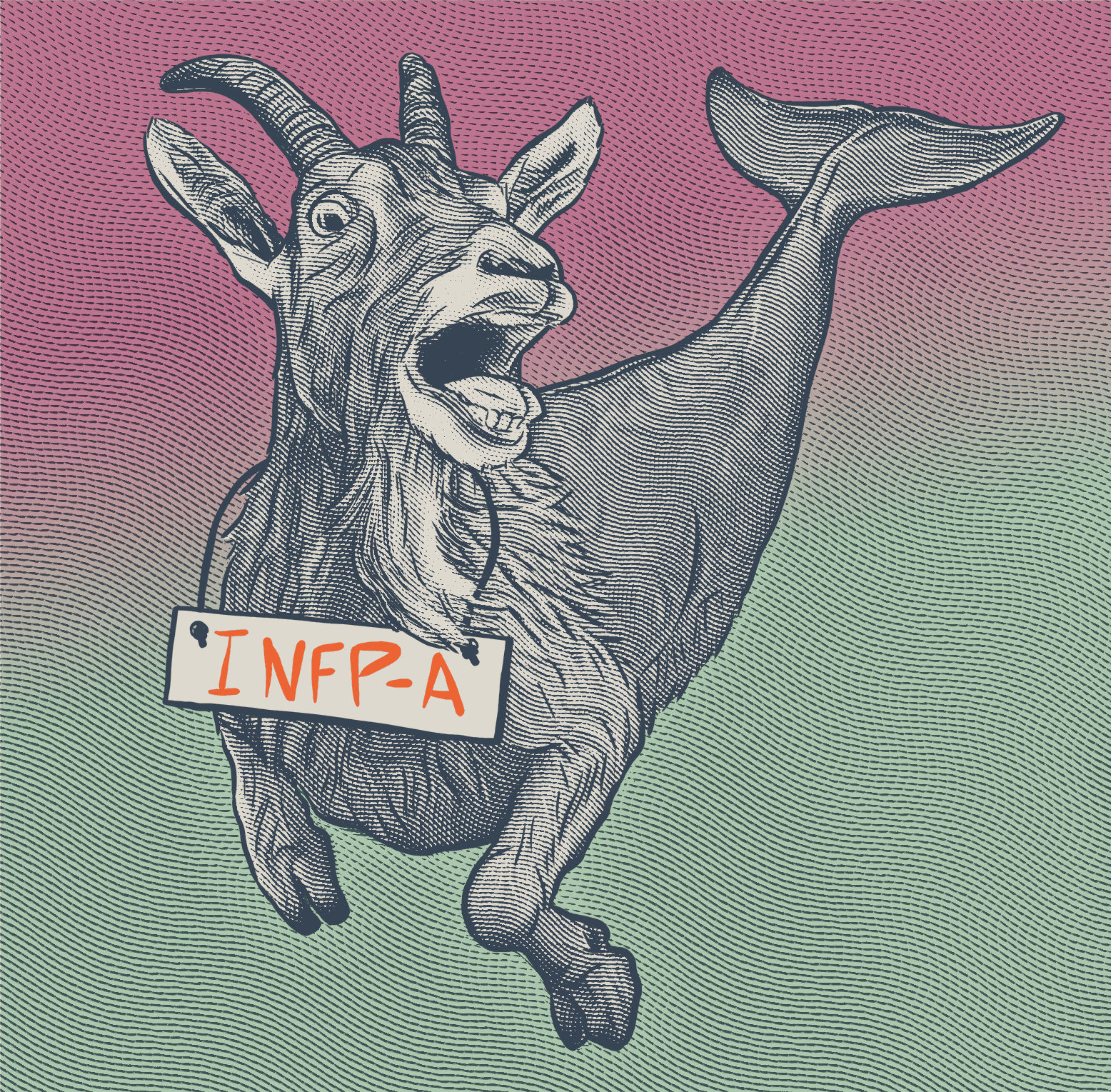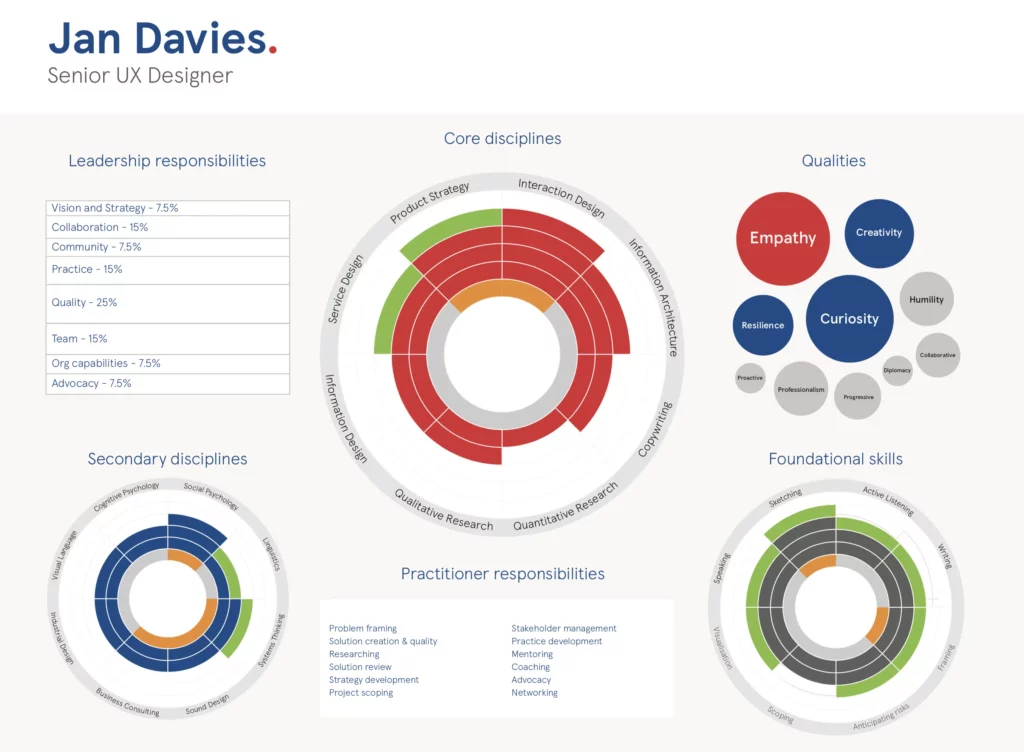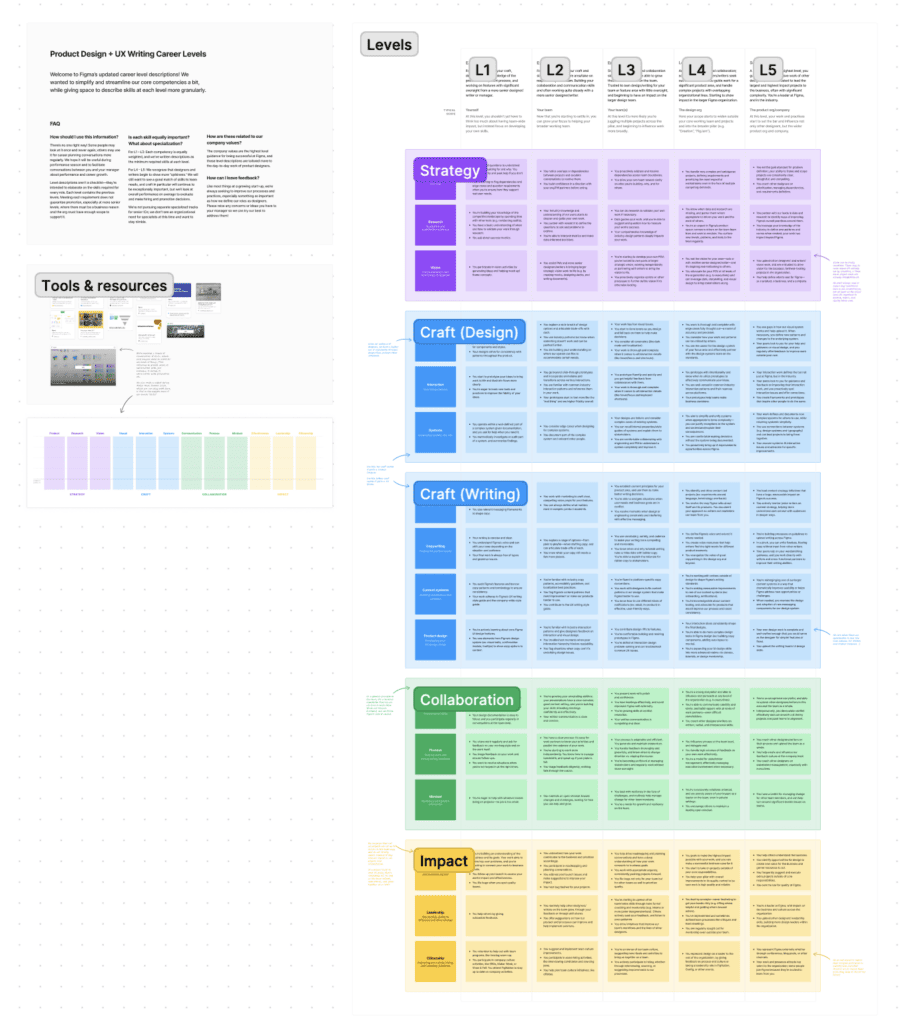
Apparently, I’m an INFP-A, 8w7, Capricorn-Aquarius cusp, iS style, ambivert. Depending on the day. 🤷 Yeah, I’ve fallen down the rabbit hole on personality tests lately. They can be alluring. Let me give you a guided tour.
Step 1. You engage in a light, introspective survey. You’ll try to access little bits of yourself buried deep in your soul and weigh them on a scale:
Completely Agree | Somewhat Agree | Slightly Agree | Neutral | Slightly Disagree | Somewhat Disagree | Completely Disagree
And you need to be as objective as possible, cuz this is science and we want accurate results…
“Do I prefer to completely finish one project before starting another?”
“How much do I prefer that?”
“What do they really mean by prefer?”
Step 2. You get a rich report full of packaged insights tightly tailored to the actual you:
“There are [9|12|24] unique types and this one encapsulates the perfect snowflake that is your personality!”
Step 3. You read through the insights and try to ignore the thought that you totally misinterpreted the survey’s use of the word “prefer.” You might find the whole package something you fully relate to. Or you might only see yourself in a couple of the aspects contained therein.
Overall, I find all the prompts for guided introspection really useful. In both steps 1 and 3, it’s all about you sitting with yourself and considering your own patterns of thinking, communication, values, and hang-ups. Prompted by the initial survey, you may take a moment to know yourself and consider if your “happiness comes more from helping others accomplish things than your own accomplishments.” Or, while reading the insights bundled with your prescribed type, you may be presented with the “insight” that as an INFP-A you are “compassionate and nonjudgmental, always willing to hear another person’s story.” Or another “insight” that you “may feel overwhelmed by just how many wrongs there are that need to be set right.” I see these “insights” as an extension of the survey questions, really just more prompts for you to consider if you agree or disagree.
I find the classifications or types themselves much less important. In a way they can even be dangerous. They can present as conclusive data: precisely synthesized from… something. Problem is, most days you won’t really feel like an INFP-A or a goat-mermaid hybrid. Like I said, you may relate to some of the key features on a regular basis, but probably not the whole set all the time. Personality is like that. It’s always in flux. It ebbs and flows. It changes while you’re looking at it.
This is why I think it’s dangerous to try and leverage these personality assessments—and things like them—in a group setting. The INFP-A designation, looks like something conclusive and precise, but it’s not. It’s a vague, inaccurate abstraction: a crass, two-dimensional rendering of an entire human personality. It doesn’t capture anything certain about a person that would be appropriate for anyone else to act on. The only way to gather useful information about a thing like a personality is with first-hand experience. Otherwise known as Qualitative Research. That’s always going to be a relatively small set of anecdotal data, but you just can’t quantify a personality in a meaningful way. Or at least it feels disrespectful and somewhat unfair to try.
Maybe there’s value in sharing your personality assessment results in a group setting, if only to start a conversation or push forward the process of getting to know each other. But only if it’s treated as the inconclusive set of constructive prompts that it is. Using these things to reduce people down to data points has to be avoided.
But why am I talking about personality tests? Design Operations, of course. I think there are similar tools one could reach for to try and help understand and guide a team of designers and I think they may suffer from the same potential misuse.
What About Your Design Personality?
The number and gradations of recognized roles and areas of focus within the design world has been steadily exploding over the last few years.
- Product Designer
- Visual Designer
- User Experience Designer
- Interaction Designer
- User Interface Designer
- Graphic Designer
- Communication Designer
- … and the list goes on
It’s mostly been a welcome change, but I think it leaves designers at all levels of experience chasing the question “what kind of designer am I?” An echo of the question “what kind of personality do I have?”
Jason Mesut has done some excellent work over the years in this area and has shared it in his series Shaping Designers and Design Teams. In this series, Jason exposes his process and thinking along the way, as well as the huge amounts of input and collaboration he worked in via surveys, public spreadsheets, and workshopping at conferences and corporate engagements. All the open-ended collaboration has resulted in some of the most thoughtful takes on the different areas of design that I’ve come across.
Jason’s competency model emerges as a kind of design-personality assessment. It’s a humble tool that provokes introspection and even decisions about where you think you are in your design career and where you want to go.

I think its biggest strength is that it reflects how designers often exist across multiple areas of focus. You could chart yourself then step back and see that your set of skills validly sits across seemingly disparate areas. An information architect that excels at information design? Sure. One that focuses on visual language, quantitative research, and copywriting? Why not? I don’t know which single role calls for these, but I’d like to work with people with those blends of skills. I could see a personal coach being a productive partner here. Helping a person engage with their self-assessment and coaxing them to reveal their passions and let those guide their own planning.
But, a word of caution
I like this model a lot, but I think there are risks similar to any personality assessment if used in a group setting. The model is driven by self-assessment—meaning it relies heavily on a person’s own, very personal worldview and internal logic. I may feel like I’m at level three on Service Design and a level four on Product Design, but is that feeling something that would be accurately understood by anyone else who probably has their own nuanced point of view on how Service Design and Product Design overlap and contrast?
The risk is compounded as soon as these decisions are visualized. We’re trained to give weight and credence to visualized data. We can’t help but assume it’s data in the first place. If it’s charted, it looks like universally relatable facts. But in this case, what’s being charted is a loose reflection of a single person’s worldview and internal logic applied to their understanding of different skill sets and areas of practice in design
These resulting insights are then so easily misunderstood by someone who can’t help but interpret the results using their own worldview. The idea of a manager using a set of these self-assessments to drive their understanding of their team is fraught. So much pressure to mistake these two-dimensional caricatures of each team member as precise or accurate quantifications that can be compared to each other.
Overall, I really like Jason’s Competency Model and I’d highly recommend designers using it as a tool for self-assessment and personal planning. I would caution designers before sharing it with their managers, though. Do you trust your manager to understand that this is a reflection of your self-perception, not a data-driven quantification of your actual value to the team? I’d also strongly discourage design managers from mandating their team engage with this tool and share the results. That feels like an invasion of privacy to me and I don’t see how it can be useful towards the needs of design operations.
A Different Tool for Our Design Team
There is a model that I think is a better fit for design operations and I’m told it’s been around for a long time. It’s the Career Ladder. This framework of goals and expectations is more of a two-way street. The design organization has to do the work of expressing and organizing its values, so it’s a much clearer way of communicating expectations. It’s also actionable in a group setting. A good career ladder lets us discuss where we are and where we want to be as a team and as individuals in relation to the team. That can become a more standard and fair way to gauge where folks are in their progression.
Like anything that’s been around for awhile, the Career Ladder has garnered its fair share of criticism. Our friend Jason, catalogs some of the major ones in his post about the Competency Model. In fact it sounds like Jason’s issues with the career ladder were the driving motivations for the competency model in the first place. A ladder can push designers into a single track. It may not recognize very valid sources of value. It tightly ties progression through points of value to levels of seniority. Like any model, it can also imply a level of tightness and accuracy that simply isn’t there. It’s still open to interpretation and not always universally applied.
My hope, as someone leading a design team and possibly about to embark on this themselves, is that these pitfalls can be avoided. Using the lessons laid out by Jason Mesut in his Shaping… series—and a healthy dose of the UX process—design teams should be able to create their own Career Ladders that embrace cross-discipline progression, recognize the real drivers of value for that team, and function as a tool for conversation and understanding, rather than a strict recipe for seniority or advancement.
Enter Figma…obviously
From the outside, it looks like Figma has done this really well. Their openly collaborative approach to sourcing input, insight, and values from across the team echoes Jason’s years-long process in developing his Competency Model. It’s also just good UX design. I have to believe this led to a set of values and expectations for the roles and levels at Figma that map well to the folks working there. Figma also explicitly addresses the issue with the “ladder” or single-track-edness and opt for language and positioning that reflect levels of progression across all areas of focus. Interestingly, they miss the opportunity to embrace the “net” metaphor.

Lastly, Figma created a widget that lets folks visualize where they sit on the model and talk through that with their managers. Unlike the competency model, this isn’t driven by sheer self-assessment. It’s based on clearly defined levels of expectation. There may be a discussion to get to consensus on whether or not “You’re able to interpret metrics and make data-informed decisions,” but that’s a lot more doable than the abstract “Do you feel like a three or a four on this scale?” Additionally, it looks like figma has abstracted strict seniority and advancement from this model. Checking certain boxes on its own does not strictly lead to promotion, but it looks like a good framework for understanding the expectations for advancement.
I’m still nervous about how succinctly this can imply the quantification of a designer. I really believe there’s no better way to build understanding than regularly engaging with a team-member and working alongside them. However, this does look like a useful framework to bring those insights to a conversation with a person looking to understand how they relate to the team.
Our Next Steps
What am I going to do with all this…thinking? I started looking into this because I was noticing a trend of questions coming up in the regular conversations I’ve been having with our team. And a few in my own head. And these questions feel like they are getting harder to answer as our team grows.
Personal – Things all us designers might be wondering about
- What are my professional goals and aspirations?
- Where do I think I need to spend more time?
- What areas am I passionate about?
- What are the expectations of my role?
- Am I meeting those expectations?
- What does advancement look like?
Assignments – things that come up regularly and are always their own puzzle to answer
- Who is a good fit for a given task/project?
- Who is looking for opportunities to grow in a specific area?
Team – Things I’m certainly trying to get more insight into
- Where do people’s (work) passions lie?
- Who needs more support and in what area?
- Where are we lacking in capabilities as a team?
- Where are we over-represented?
I think all of these would be helped by our own, bespoke, employee-informed, Simple Thread Career Net/Lattice. There’s a lot to do there. We’ll let you know how it goes.
Loved the article? Hated it? Didn’t even read it?
We’d love to hear from you.




